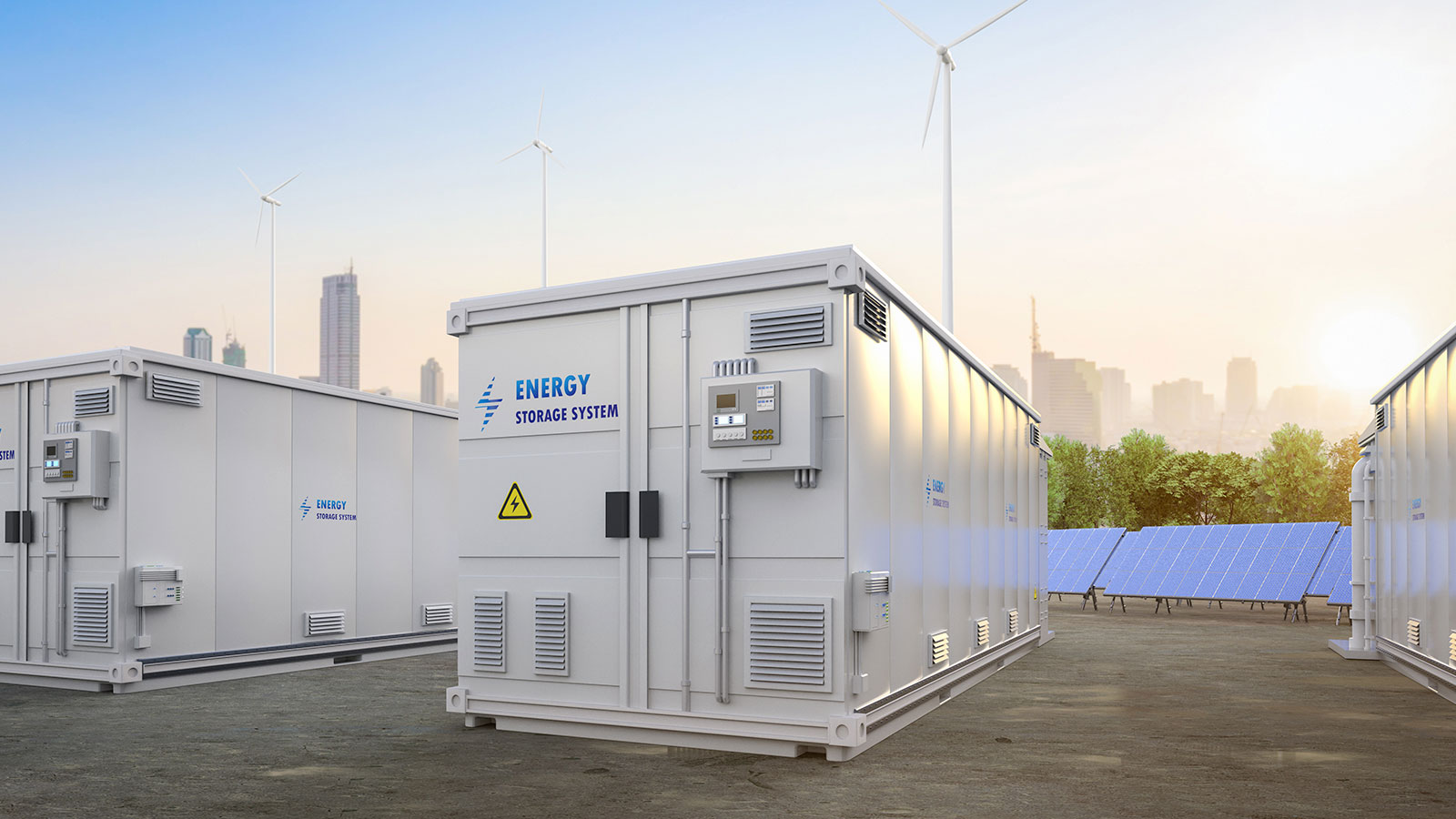Alan Greenshields, Director of Europe at ESS Inc, explores the potential of long-duration energy storage and how it could help decarbonise data centres and other critical sites.
Clean, reliable electricity is increasingly essential as the world transitions to a fully electrified economy while striving to meet climate targets. This clean, reliable power is especially critical for key infrastructure, such as healthcare and data centre facilities.
Power surges, grid outages and transmission faults have become increasingly serious issues that can be highly disruptive to such essential services. The war in Ukraine brought speculation about nationwide blackouts to the United Kingdom, greatly concerning data centre experts. The strategy of prioritising grid electricity for Tier 1 data centres (critical national infrastructure centres, such as those supporting BT’s telephone network) was implemented. For lower-tiered data centres, backup diesel generators, which emit carbon and other pollutants, were the plan.
Thankfully blackouts did not happen, however increased understanding of the potential impact that future blackouts could have on data centres highlighted the need for more reliable infrastructure. The reality is that data centres are the backbone of many businesses, and power outages can result in the loss of valuable data, disrupt business operations and cause significant financial loss. The cost of downtime can be staggering, with impacts felt throughout the supply chain.
In the healthcare industry, power cuts can be a matter of life or death. Hospitals rely on uninterrupted electricity to power critical medical equipment including ventilators and other health monitoring technology. In the event of a power loss, patients’ lives could be put at risk, and the consequences, catastrophic. Even with backup generators on-site, the proactive work of a hospital is severely constrained by blackouts.
The growth of hyperscale data centres will put increased demand on the grid
Employing innovative, environmentally-friendly solutions to safeguard against power disruptions and maintain seamless operations must be front and centre in the future planning of both hospitals and data centres.
This will only become more critical as demand for data centres continues to grow, particularly massive business-critical data centres, known as hyperscale data centres. A hyperscale data centre is one that contains approximately 5,000 servers and spans a minimum of 10,000 square feet. (For example, one of the largest hyperscale data centres is operated by Apple in Arizona and spans 1.3 million square feet.)
Synergy Research Group estimates the number of hyperscale data centres will reach 1,200 by the end of 2026 worldwide, a marked increase from the 728 in 2021. There is a nearly insatiable demand for data centres to serve as the foundation for a society migrating to the cloud.
At full capacity, servers within a modern hyperscale data centre can use as much power as 80,000 households. Globally, the International Energy Agency (IEA) reports that data centres consume over 1% of the world’s electricity today – not counting bitcoin miners – while a further 1.14% is used for data transmission.
Looking ahead, the data centre industry is expected to grow at a compound annual growth rate of 4.95%, with some estimates suggesting that annual electricity demand for information and communication technology could grow to as much as 8,000 TWh by 2030, equating to 20.9% of projected global demand for electricity.
Data centre operators have bold ambitions for net zero
The dramatic increase in electricity demand for data centres is matched only by the bold commitments to renewable energy made by data centre operators.
Equinix, for example, has stated a “long-term goal of using 100% clean and renewable energy for our global platform.” In 2021, the company joined the Climate Neutral Data Centre Pact, committing to carbon neutrality by 2030. Meanwhile, Google has said that it wants to see “a world in which backup systems at data centres go from climate change problems to critical components in carbon-free energy systems.”
Meeting these ambitious goals presents a challenge – back-up power is typically provided by diesel gensets that are highly polluting. A potential solution is the addition of long-duration energy storage systems to ensure that data centres can reliably operate using renewable energy while mitigating the need for diesel backups.
Why long-duration energy storage systems could be the holy grail for data centre decarbonisation
Long-duration energy storage systems, with their ability to store large amounts of energy and provide extended discharge durations, are well-suited for critical applications that demand continuous power supply.
Iron flow batteries have emerged as a promising technology for energy storage, offering numerous advantages over alternative battery technologies for power protection. By relying upon essentially iron, salt and water for electrolyte, iron flow batteries are a safe and sustainable alternative to other battery technologies. This makes them well suited for deployments in densely populated areas, or close to other infrastructure.
Today, the technology is available to rapidly modernise power protection systems to be sustainable and reliable. Now we need to deploy these solutions to support critical operations and ensure that they can reliably serve those who depend upon them.


